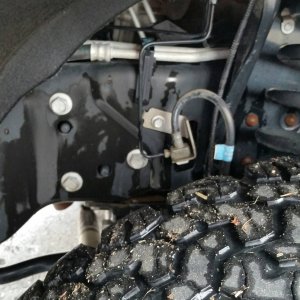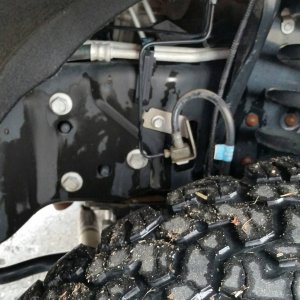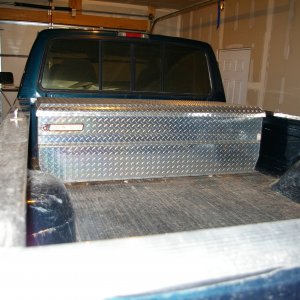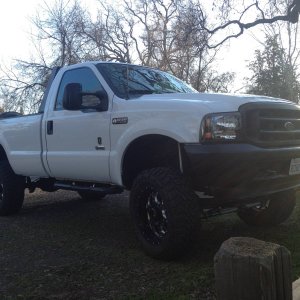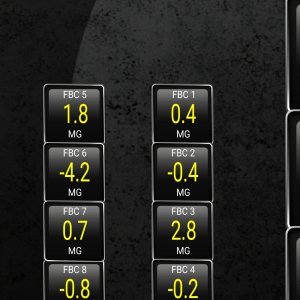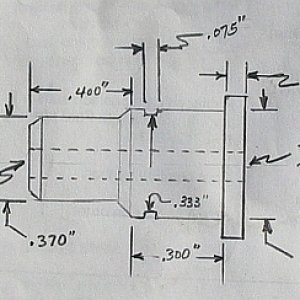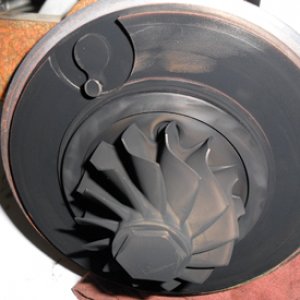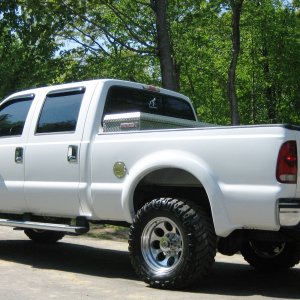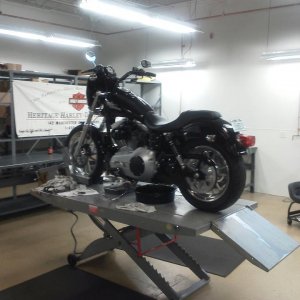As you know, the point of the header is to isolate each pulse to promote scavenging by the exhaust gas and deter reversion by keeping adjacent cylinders pulses away from each other until an optimum distance is found where the inertia of the flowing pulse can balance the ability to clean it's own cylinder with the problem of reverting into another.
The purpose of a log style manifold is to be compact and tough. We already have those, they come stock.
The above product is just a stock log-type replacement and won't achieve the gains of a header.... but I've not had a problem with the stock unit breaking, so I'm lost as to the point of these. If they don't make power, and the stock units are sufficiently strong, what exactly is the goal?
That would seem to summarize why these are not popular.
I would suggest stock log manifolds with gaskets, internally 2000* ceramic coated, (NOT externally coated!) stainless steel bolts with stainless steel mechanical lock washers and copious anti-seize on the fasteners for later removal. After the first heating cycle, leave the engine running and snug all the fasteners while warm. I have never failed that combo.
For power, run a 304 or 321 stainless header with a thick flange, slice the flange between cylinders, oversize the bolt holes, use stainless hardware with mechanical locks and ALWAYS use expansion/contraction bellows somewhere in the system, else the expansion rate of the stainless will push and pull until failure. Let it move and it will live....
For a race vehicle, just use spring contained slip fittings everywhere in lieu of bellows, done.... cheap as hell and if designed correctly, will see your engine in hell before any of it cares about the heat.





